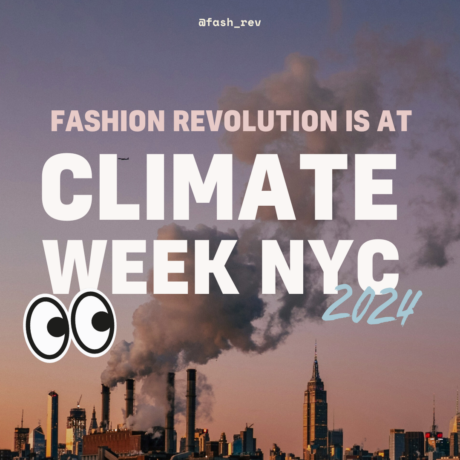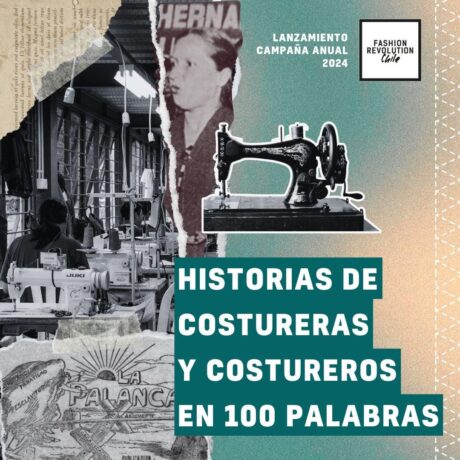Are artisans the future of fashion?
This is a guest blog by Erinch Sahan, Chief Executive of World Fair Trade Organization, one of our partners for Fashion Revolution Week 2021.
Fashion is broken. Ridden with the exploitation of people and planet, we are all beginning to see big changes are needed. Workers and farmers remain trapped in poverty and our treadmill of fast fashion is also exhausting our planet’s resources while generating waste and pollution. All to produce clothes and accessories that are disposed of after making a few appearances.
In response, a new approach is taking root. It is based on putting artisans, workers and producer communities at the heart of the fashion industry. It fosters and empowers social enterprises who are embedded in their communities, who exist to benefit artisans and workers while protecting the planet.
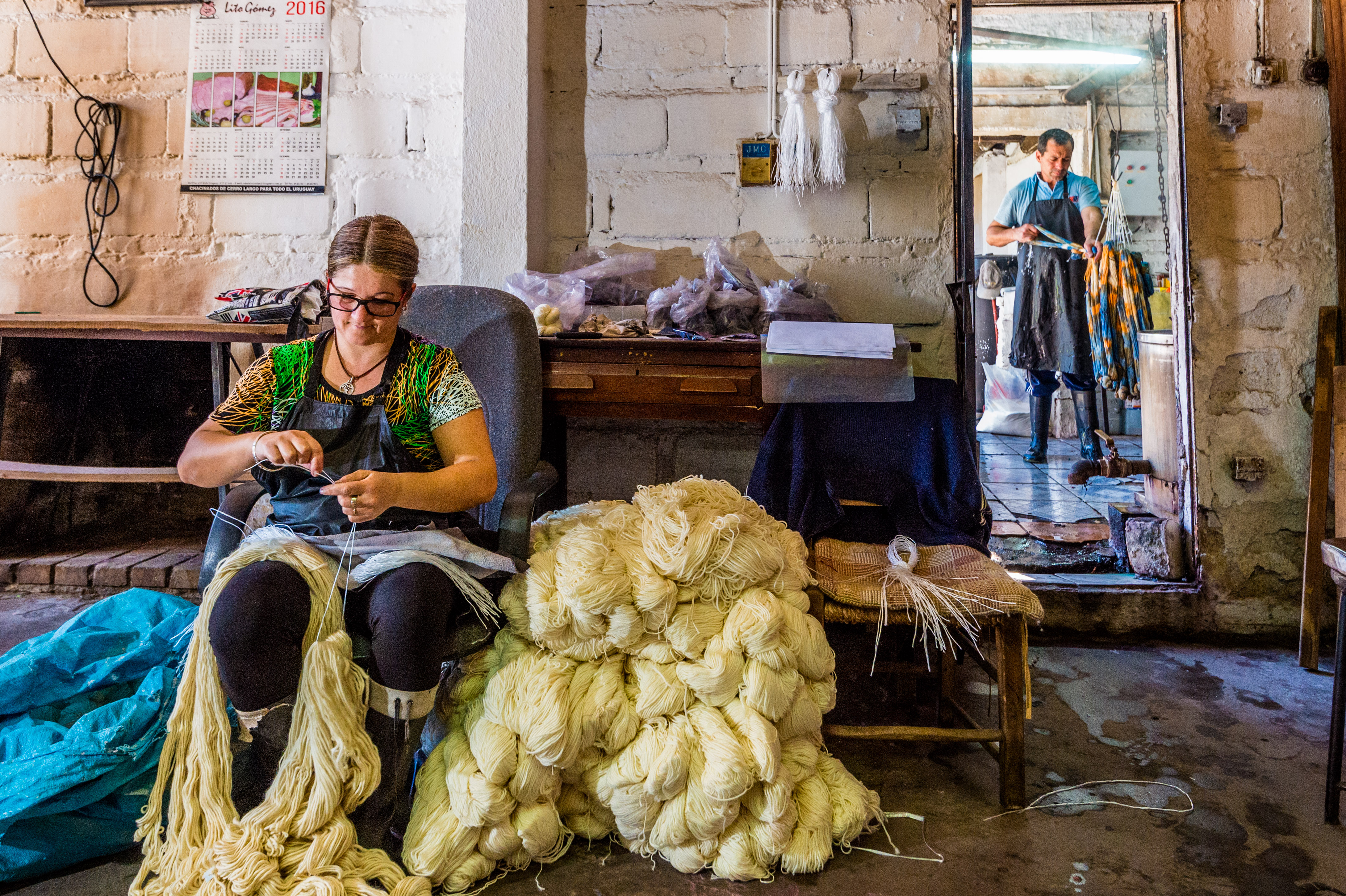
To illustrate, take Manos del Uruguay, a fashion producer and brand owned by 12 women’s producer cooperatives across Uruguay. Founded in 1968, it is an enterprise that exists to serve these artisans. All profits are reinvested to benefit these artisans while on a journey to grow its brand. Of the 12 producer cooperatives that own and control Manos, two specialise in dyeing the yarn, and the ten others knit or weave the products. The board of Manos is made up of artisan representatives. This is a stark contrast to the profit-maximising models of mainstream fashion who have no accountability to the workers and artisans behind their products. The business model underpinning Manos is key. It allows for a mission-led enterprise that’s committed to its communities.
There are 400+ such Fair Trade Enterprises from 79 countries. Take for instance Mahaguthi from Nepal, a social enterprise that reinvests 100 per cent of their profit into supporting their producers and communities. Their business model means they can support artisans from 15 districts in Nepal, and invest in production from local natural fibres, such as nettle. The examples go on, from Earth Heir and Biji Biji in Malaysia to Ellilta and Sabahar in Ethiopia. From AHA and Artsol in Bolivia to Freeset and Creative Handicrafts in India. What they have in common is a mission-led model, built first and foremost to benefit the artisans and their communities and unlocking profound ecological innovation and artisanal quality.
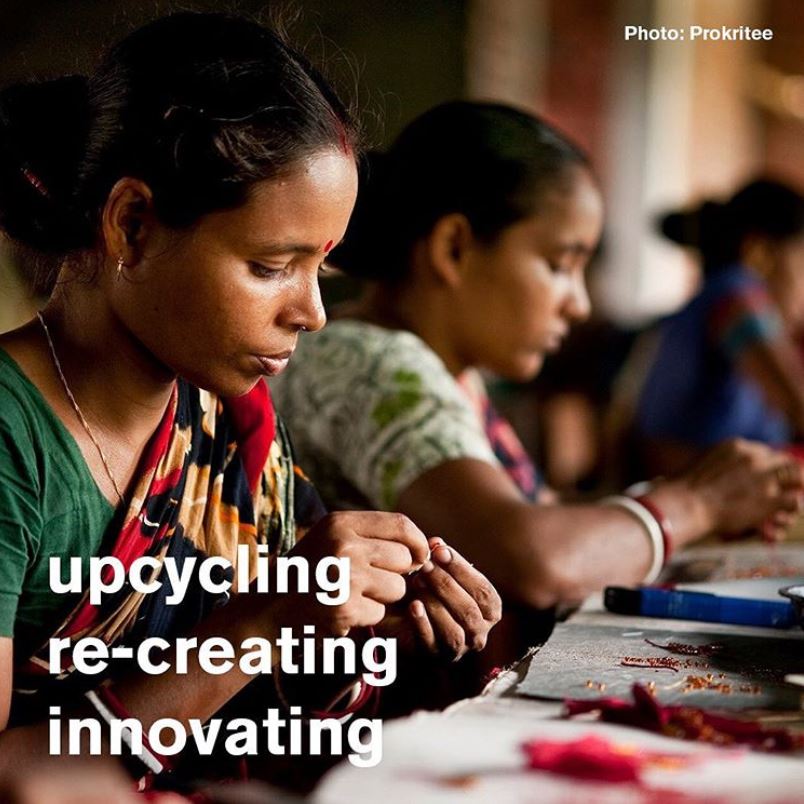
This model of production is evolving in diverse ways. The approach varies greatly, based on the local context and is built to work for the specific community. At its heart is an enterprise producing fashion items, which is truly mission-led, able to navigate the trade-offs in favour of workers and artisans, while remaining deeply embedded in its community. The reinvestment of profits and full adoption of the 10 Principles of Fair Trade are important features that lock in this social mission. This enables the social enterprise to shape production around local concerns.
Ecologically, this unlocks a range of important practices. For instance, indigenous techniques such as local hand-weaving or metal-work techniques can become the centre-piece of the production model, as is the case of Yabal of Guatemala. These are low and sometimes zero-carbon models of production that wouldn’t be embraced by mainstream fashion businesses that are looking only at short-term cost-cutting. Yet they prioritise the use of locally available natural fibres and dyes, recycling and upcycling of available materials, and ensuring local resources like waterways are protected. And it turns out the majority of their CEO and board members are women, again in stark contrast to the male-dominant board rooms and C-suites of mainstream business.
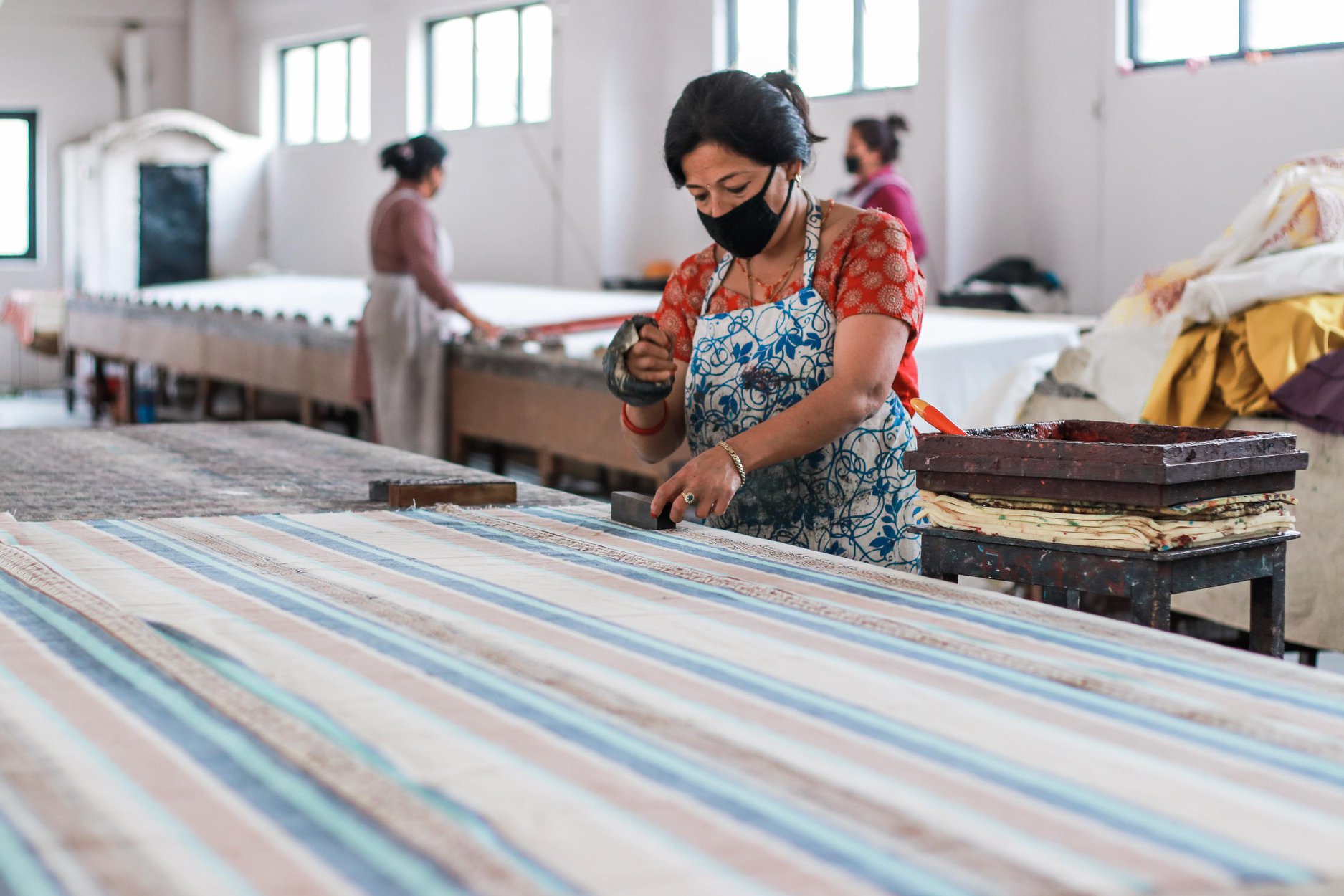
Artisan production can also change the relationship between consumers and their fashion items. A handwoven garment or a handmade piece of jewellery is more likely to be treasured, as we connect across borders with the makers of our products. The authentic stories can connect hearts and minds, leading to fewer but more loved products in our closets. The product lifecycle can be significantly extended through artisanal production.
What does all this mean for the future of fashion? Consumers and citizens are demanding change. And this change needs to work for people and the planet. Artisans the world over have created models of production that are in harmony with their local ecosystem and their societies. To embrace these models, we need enterprises that are tailored for them, not ones that exploit them. Fast fashion and profit-maximising business models are not the right fit. What’s working is the combination of social enterprise plus Fair Trade plus artisan-led production. The enterprises of the WFTO community are doing just this – the proof of concept can be found at wfto.com/fashion.
The narrative of fashion needs to be turned upside down. But there is a danger that we embrace the rhetoric while remaining trapped in the business and production models that are no longer fit-for-purpose. Do we have the courage to explore a new alternative? Artisans and their Fair Trade Enterprises may be offering us that chance.




